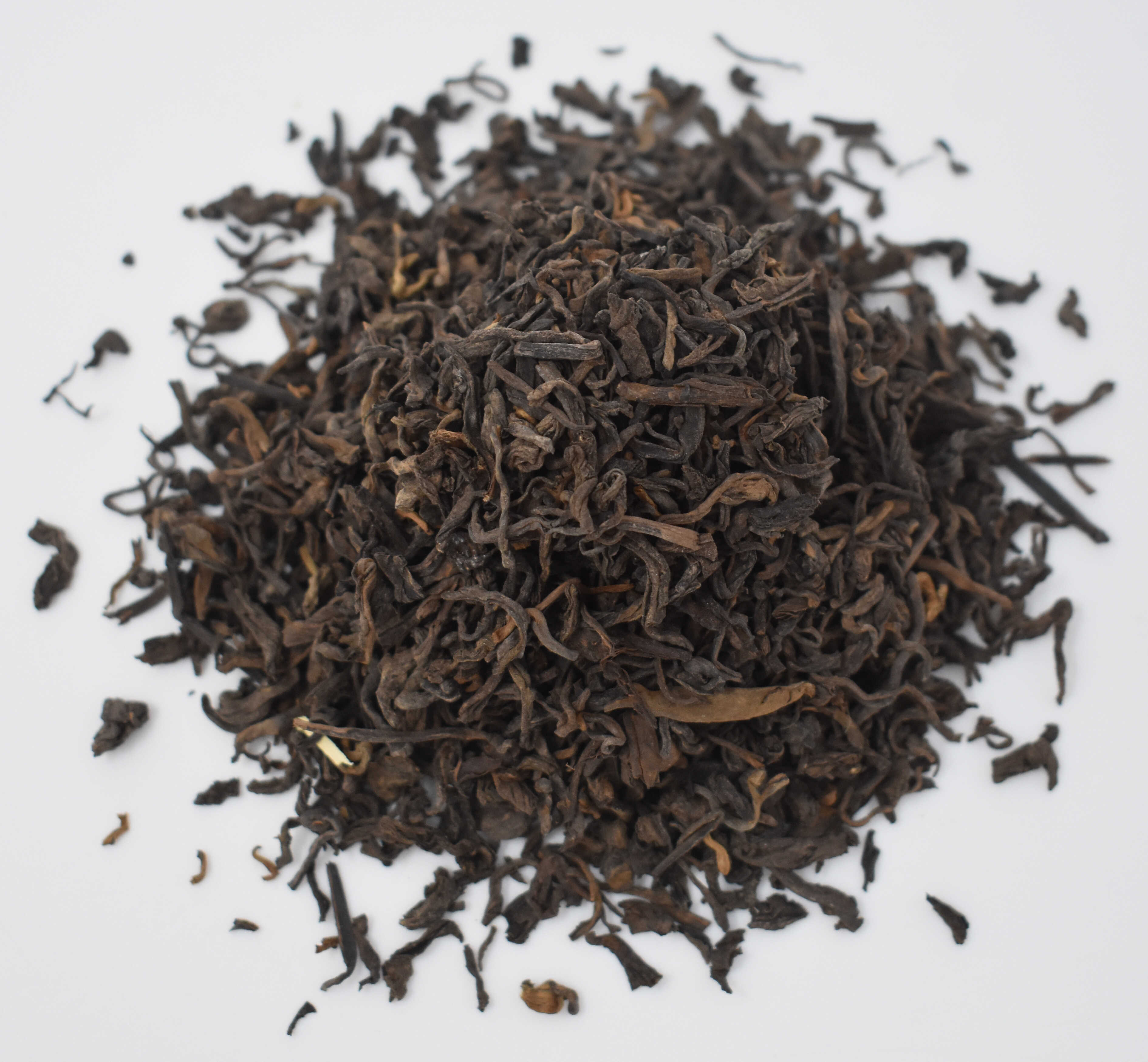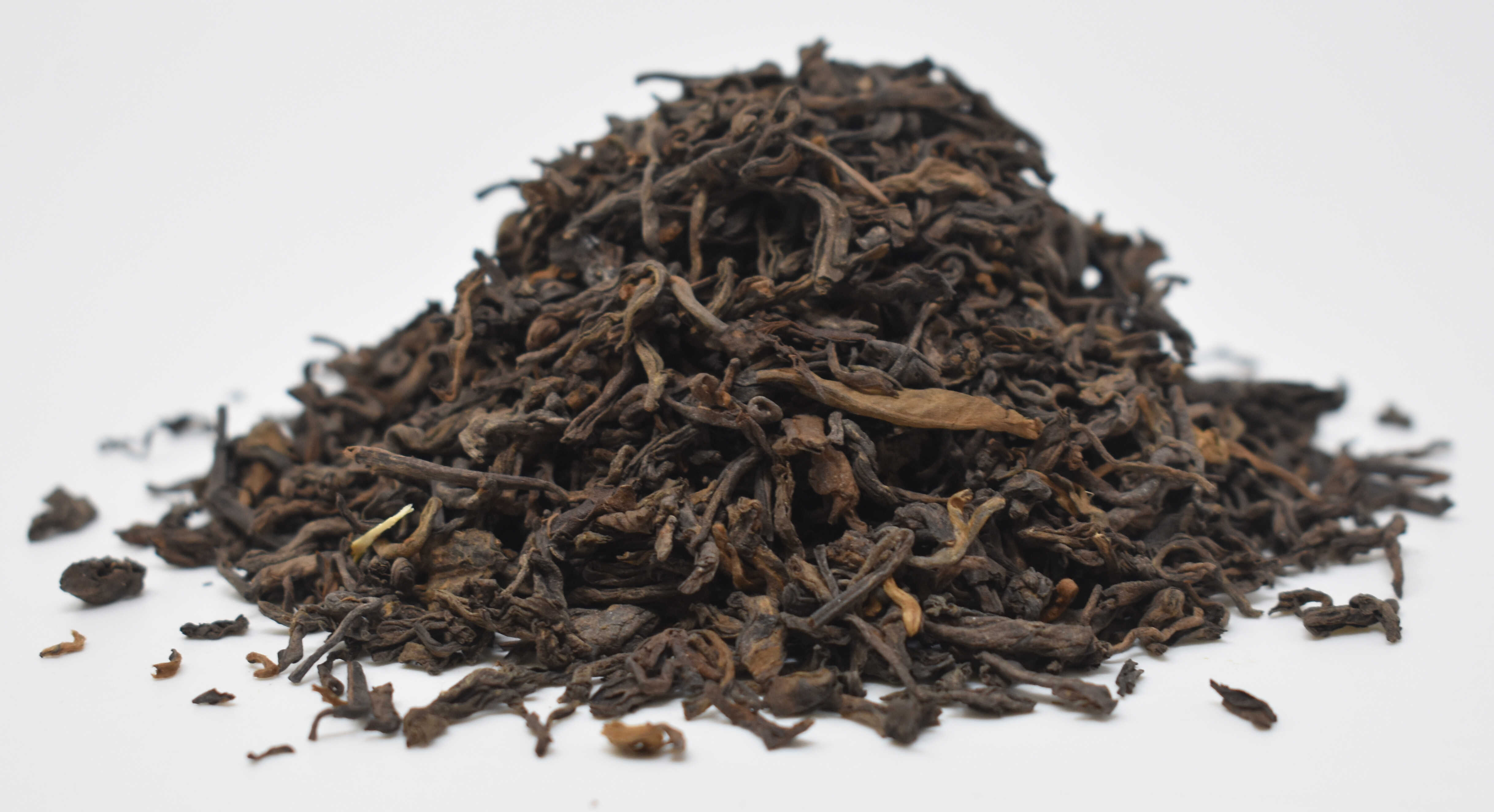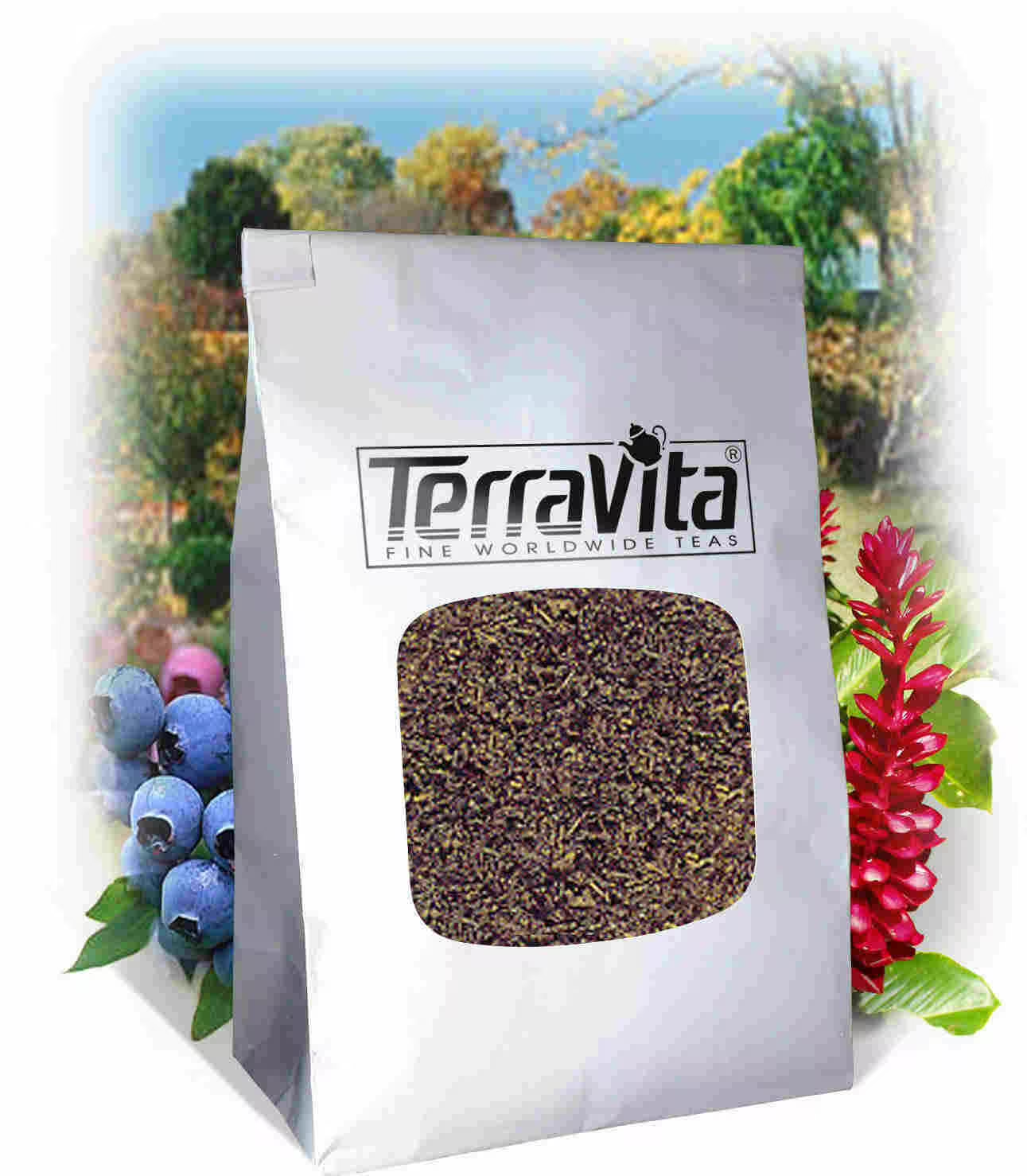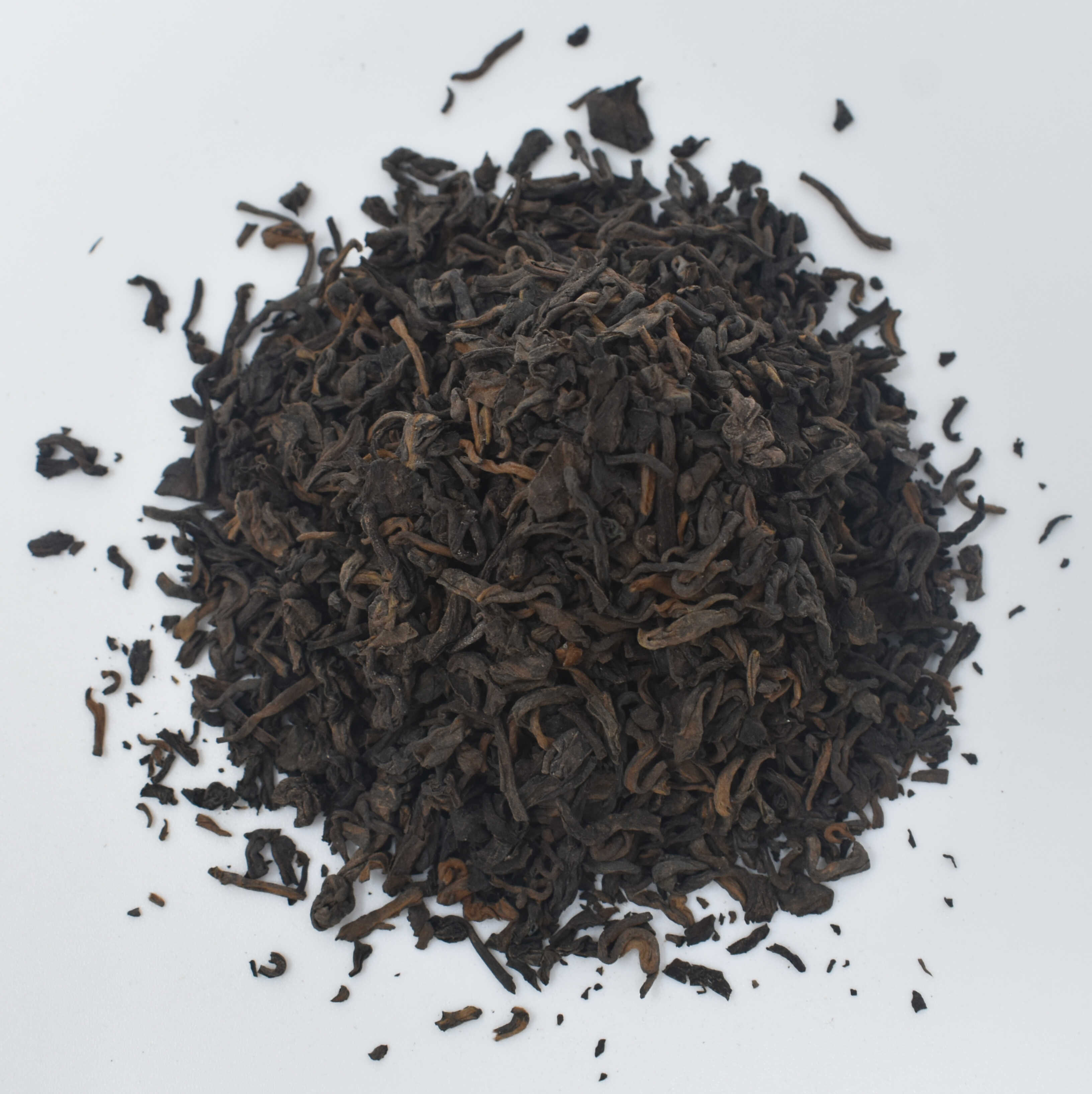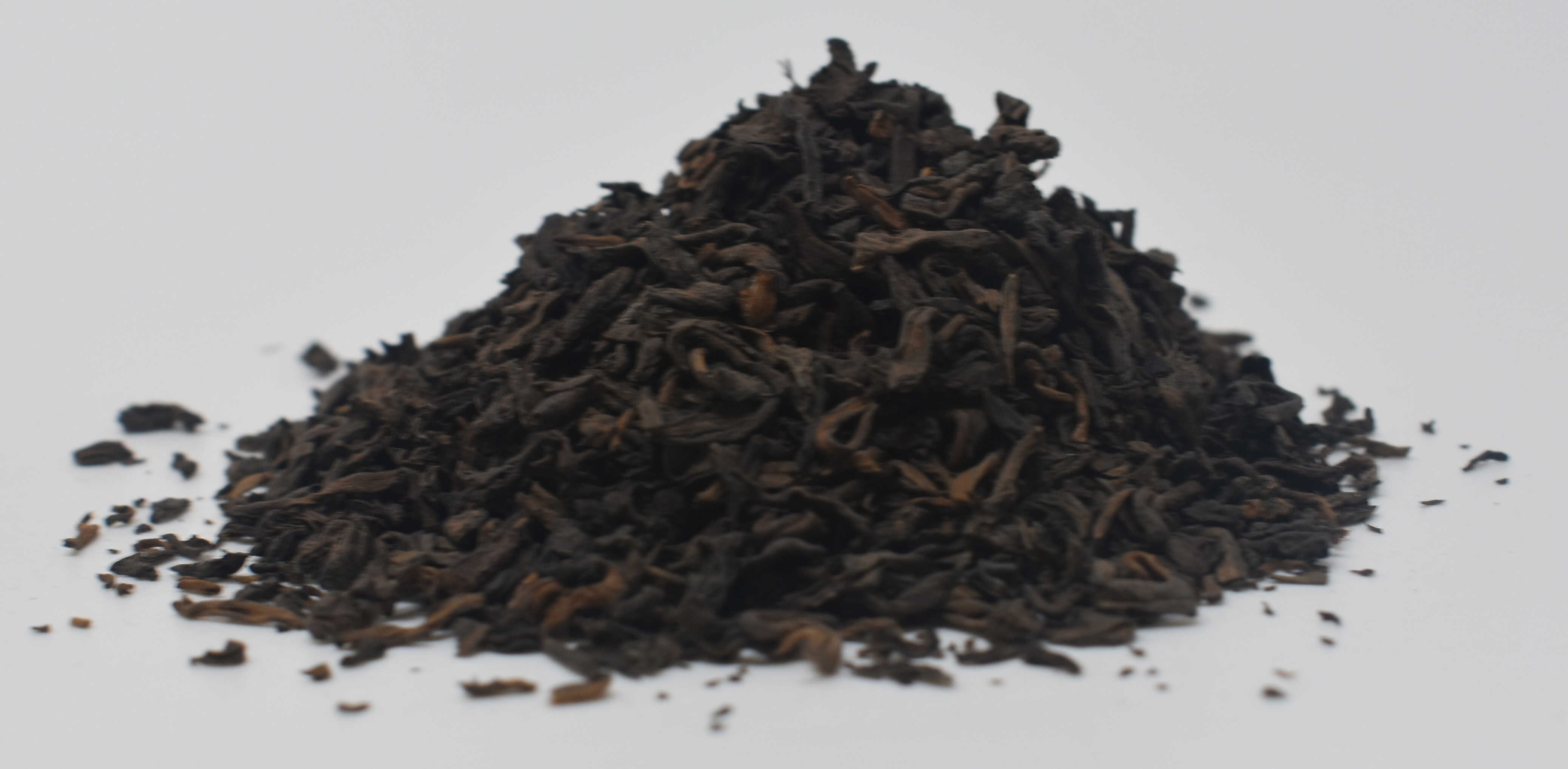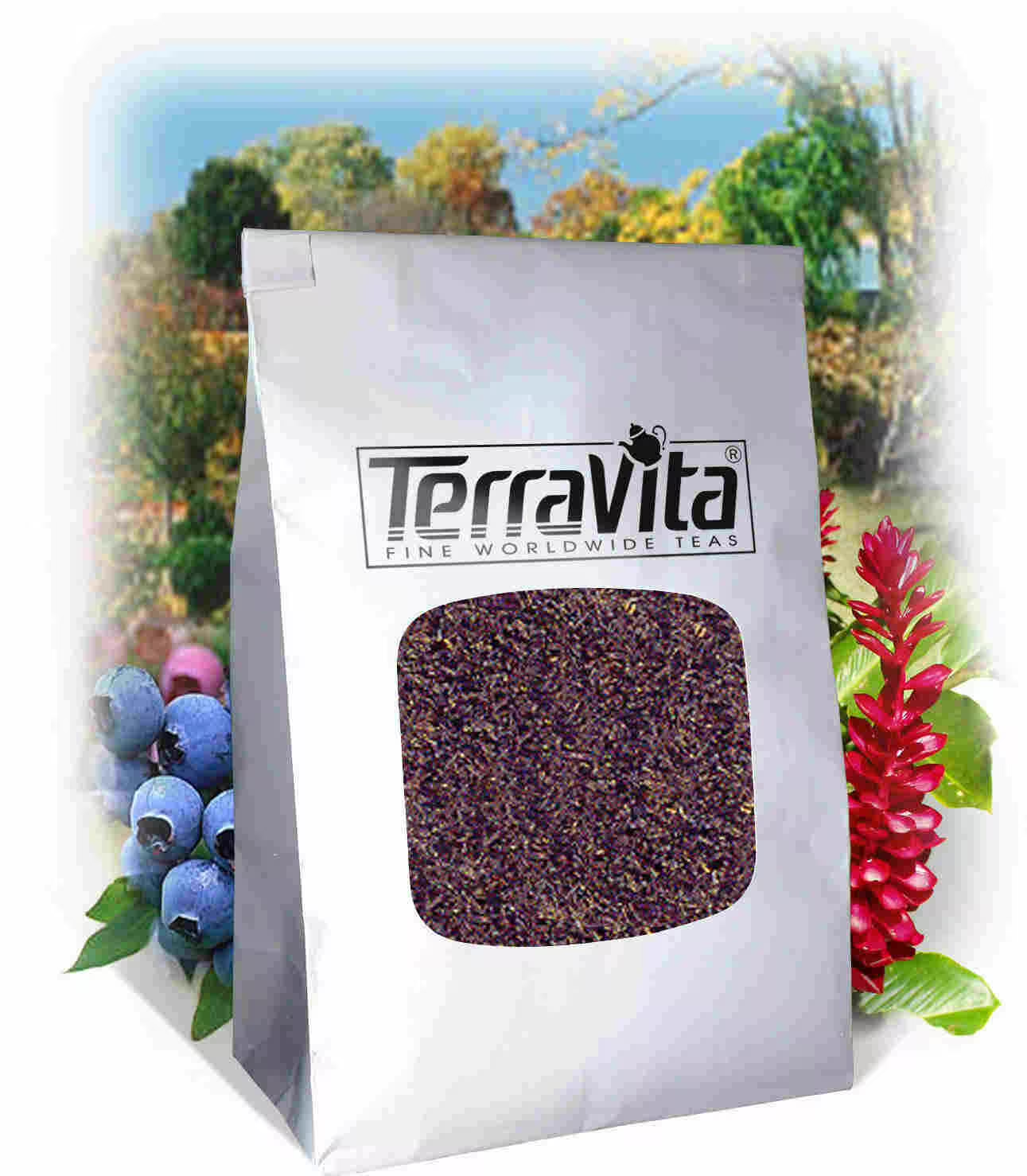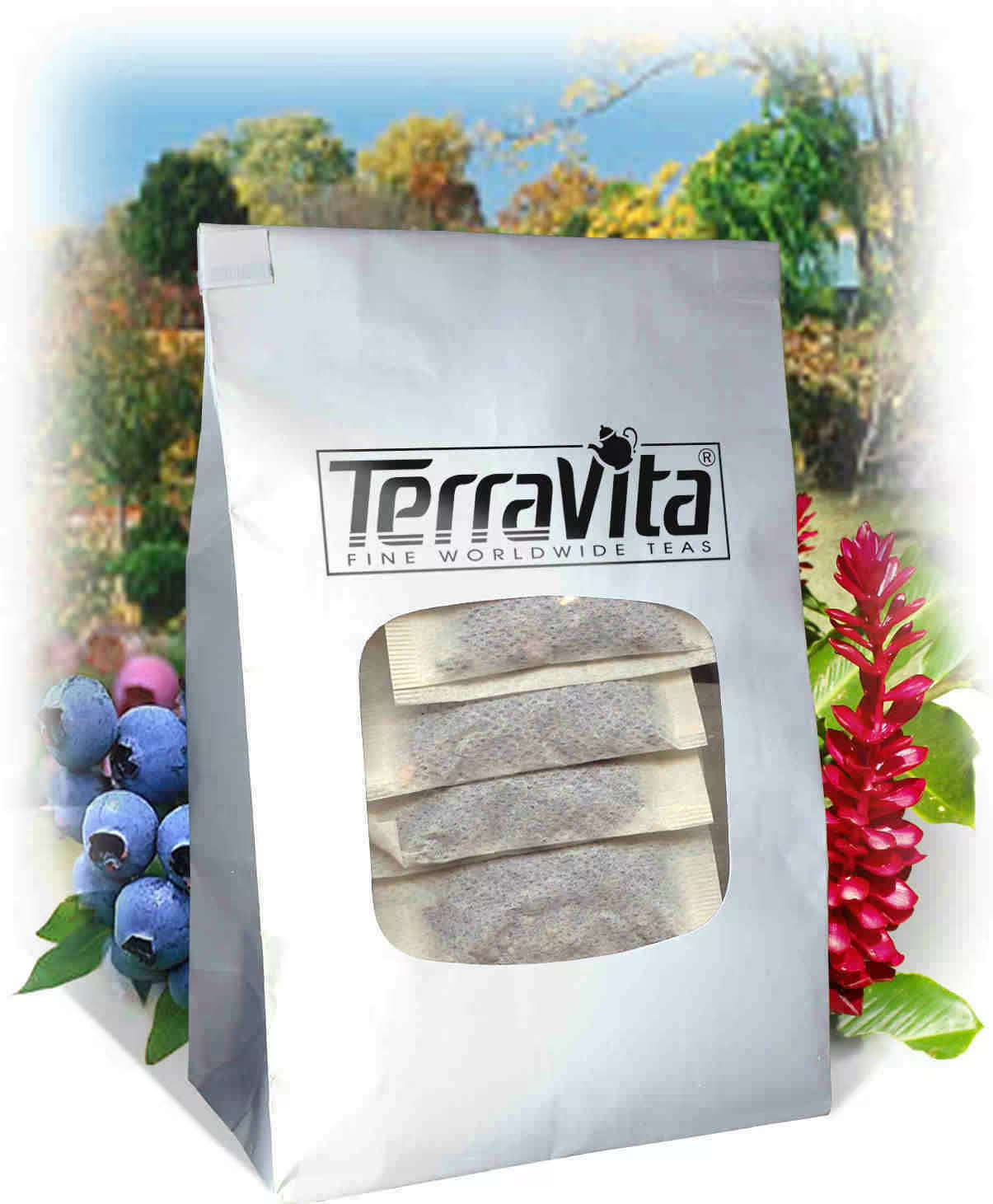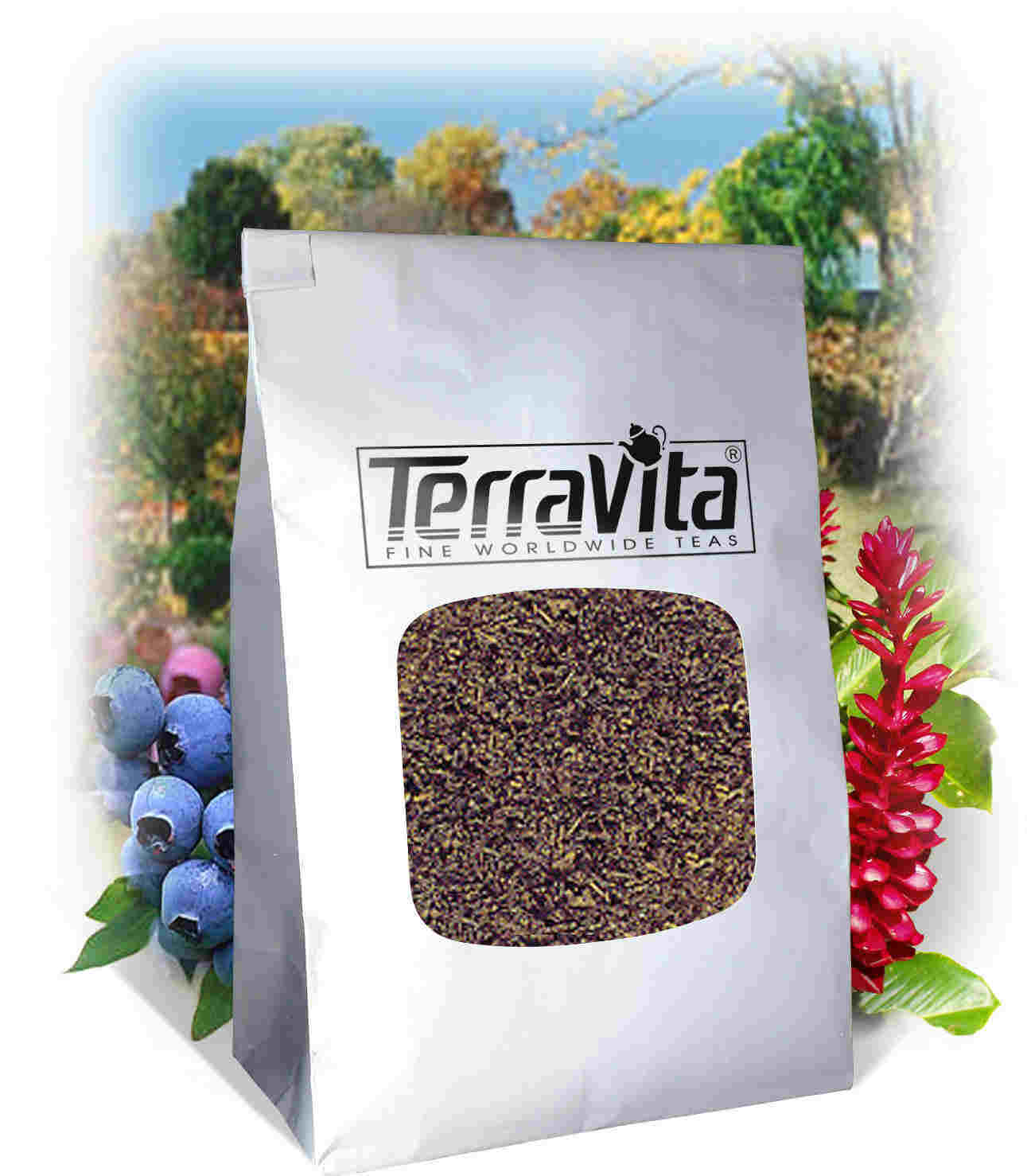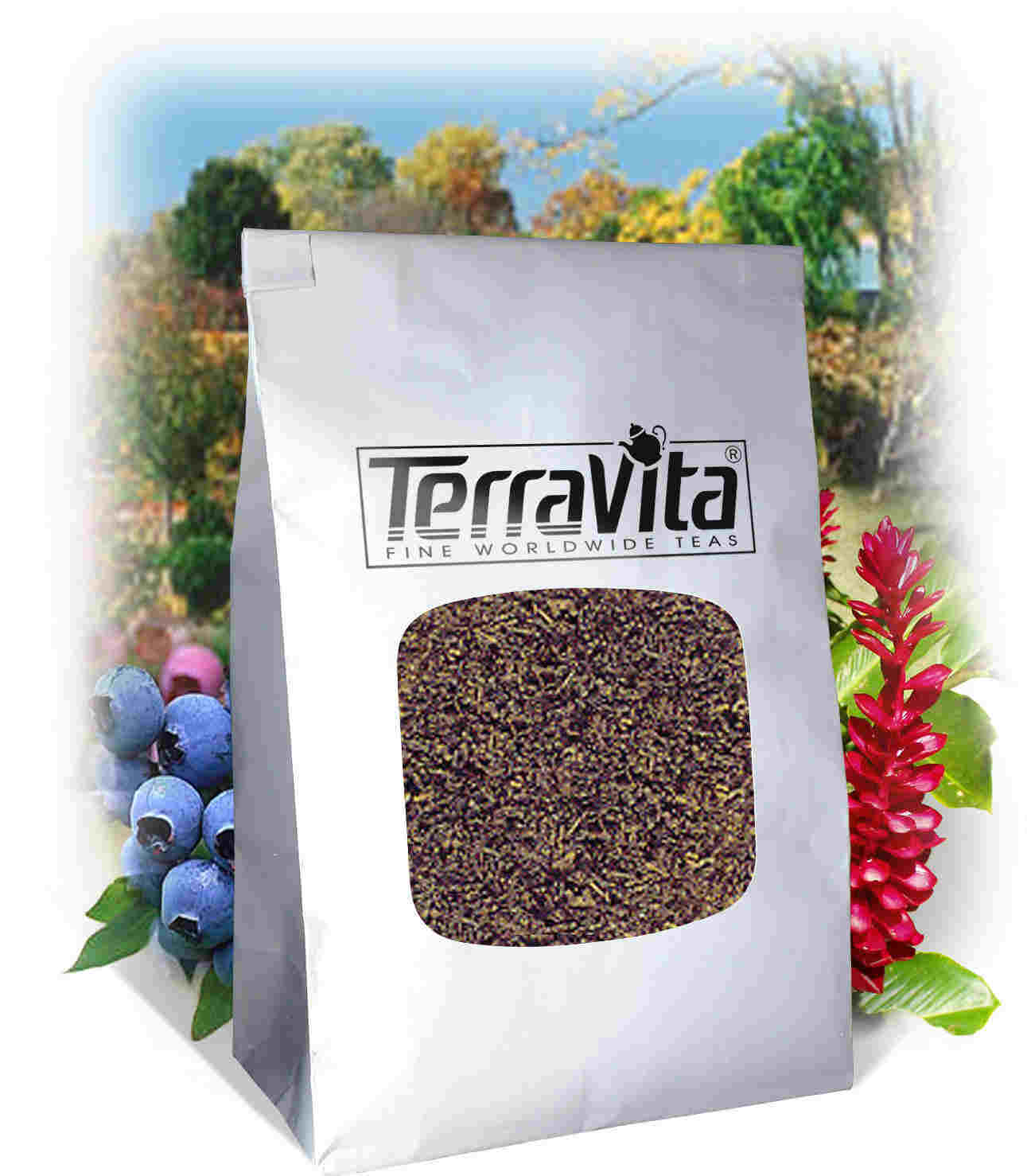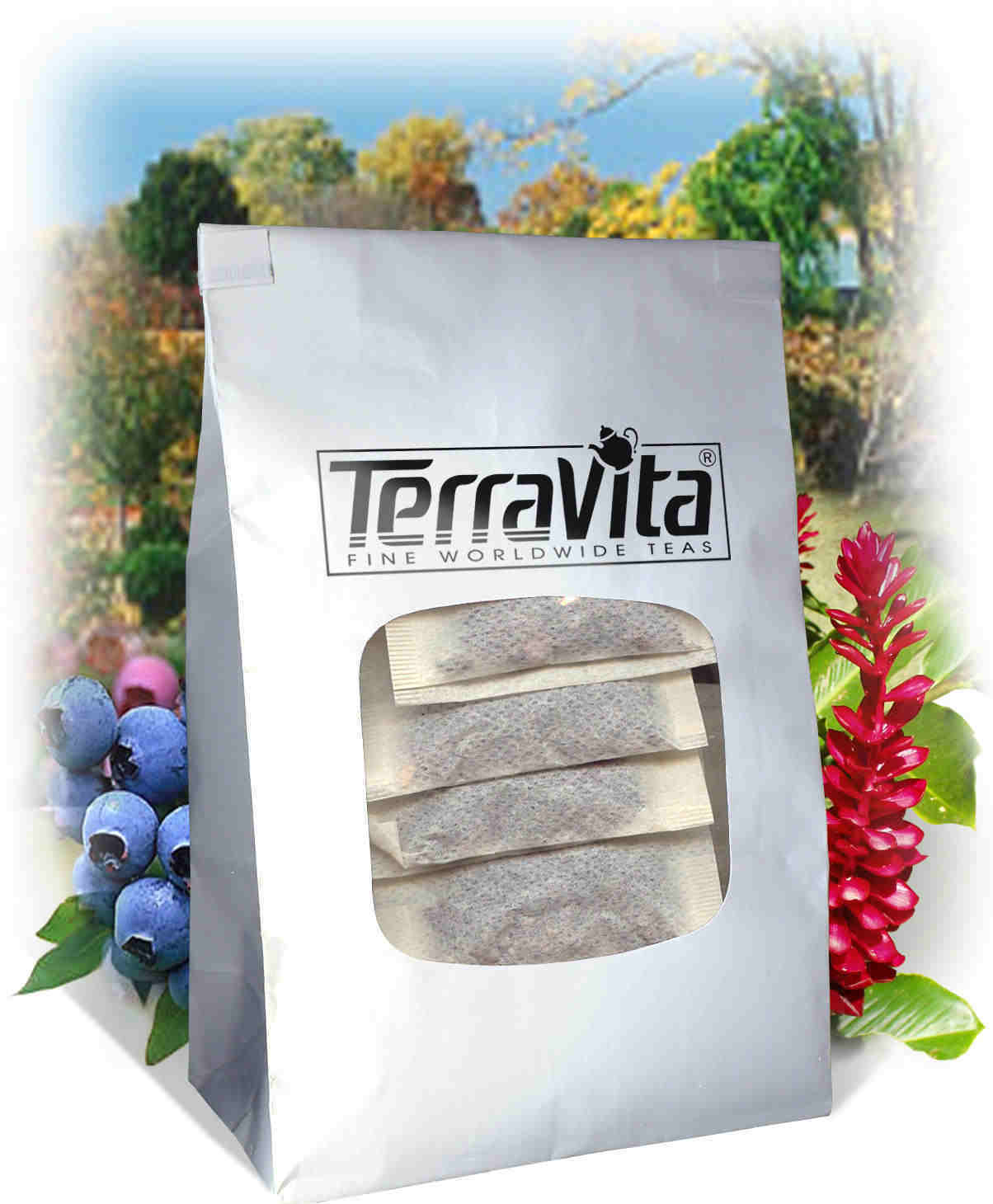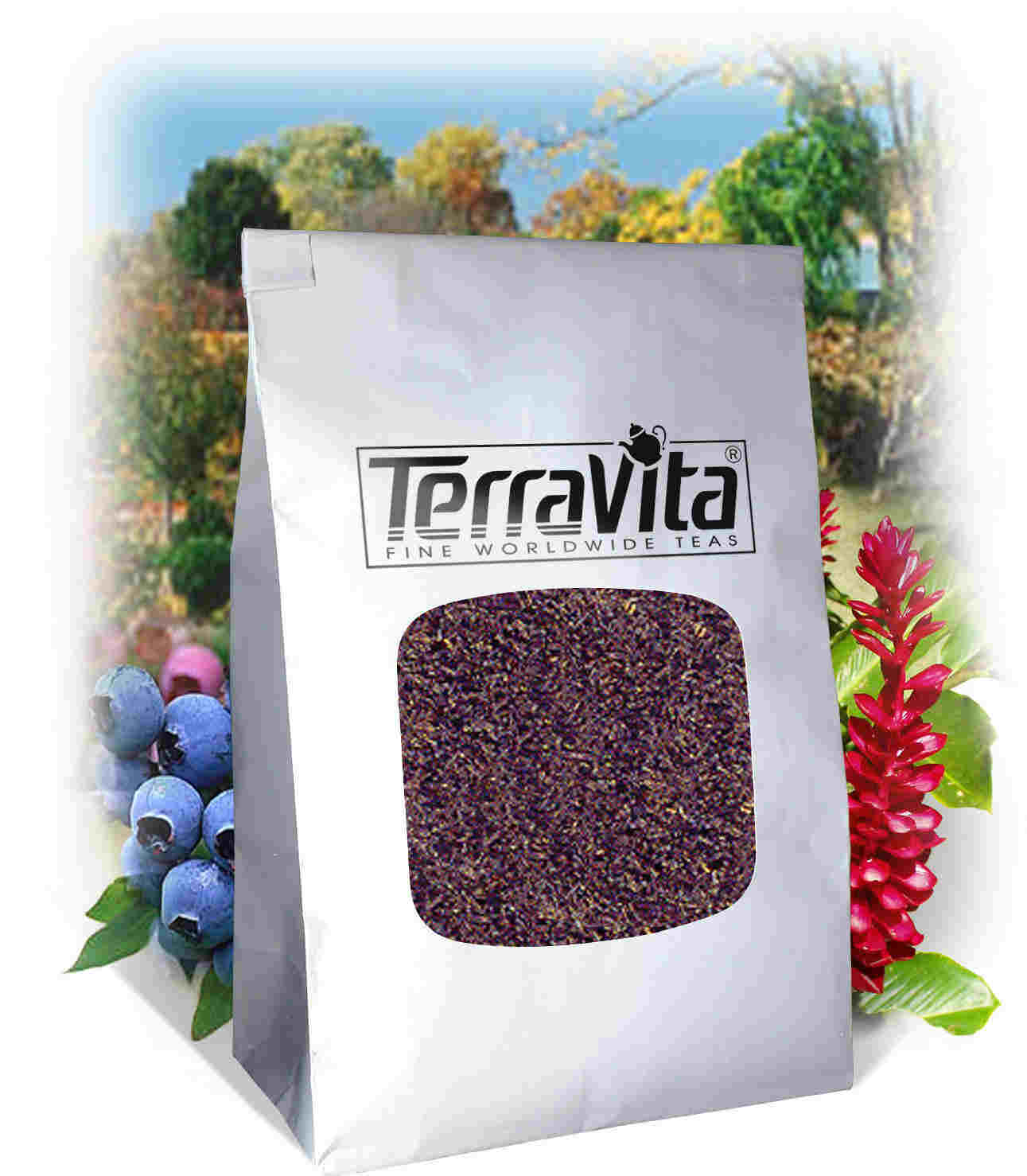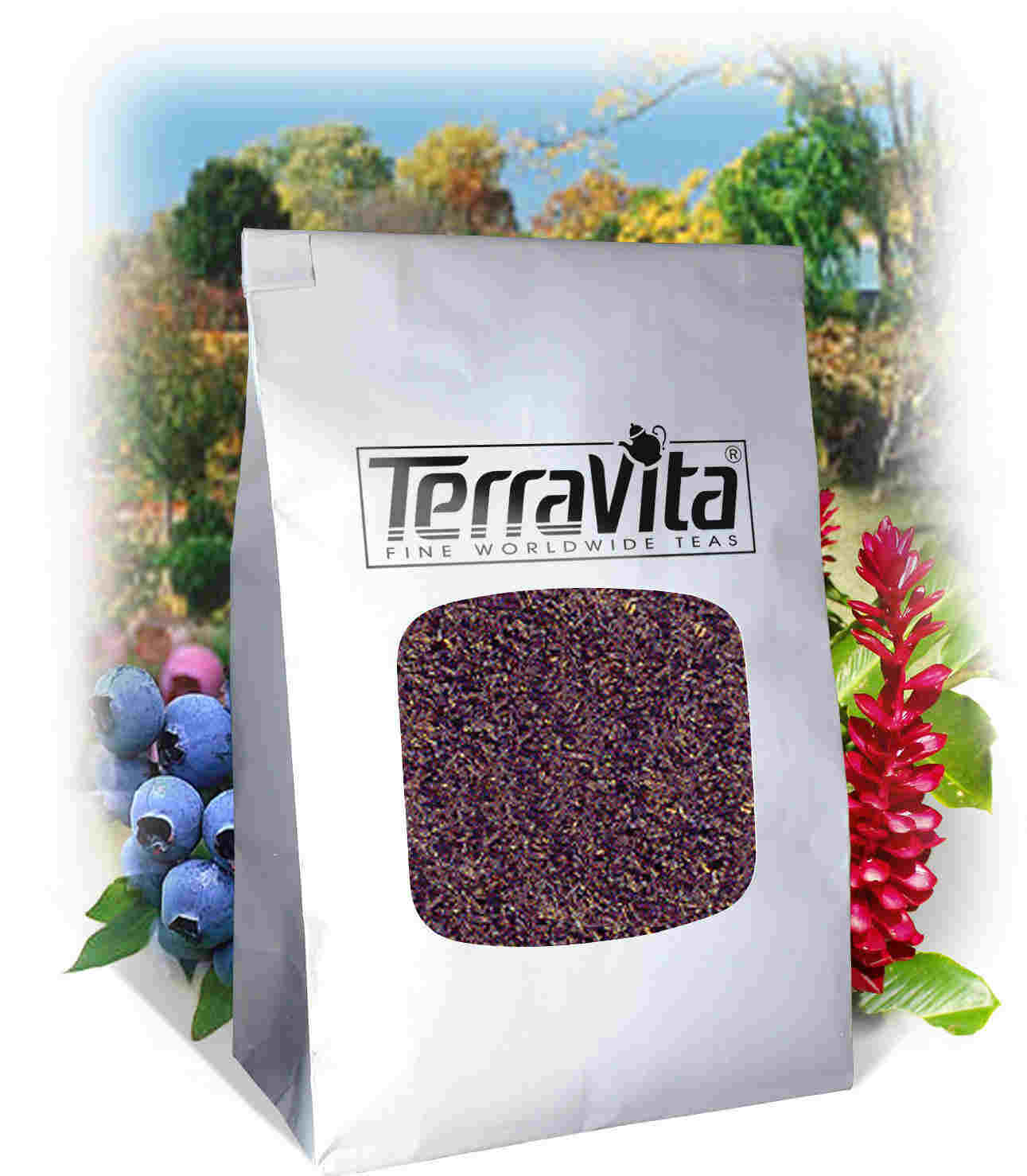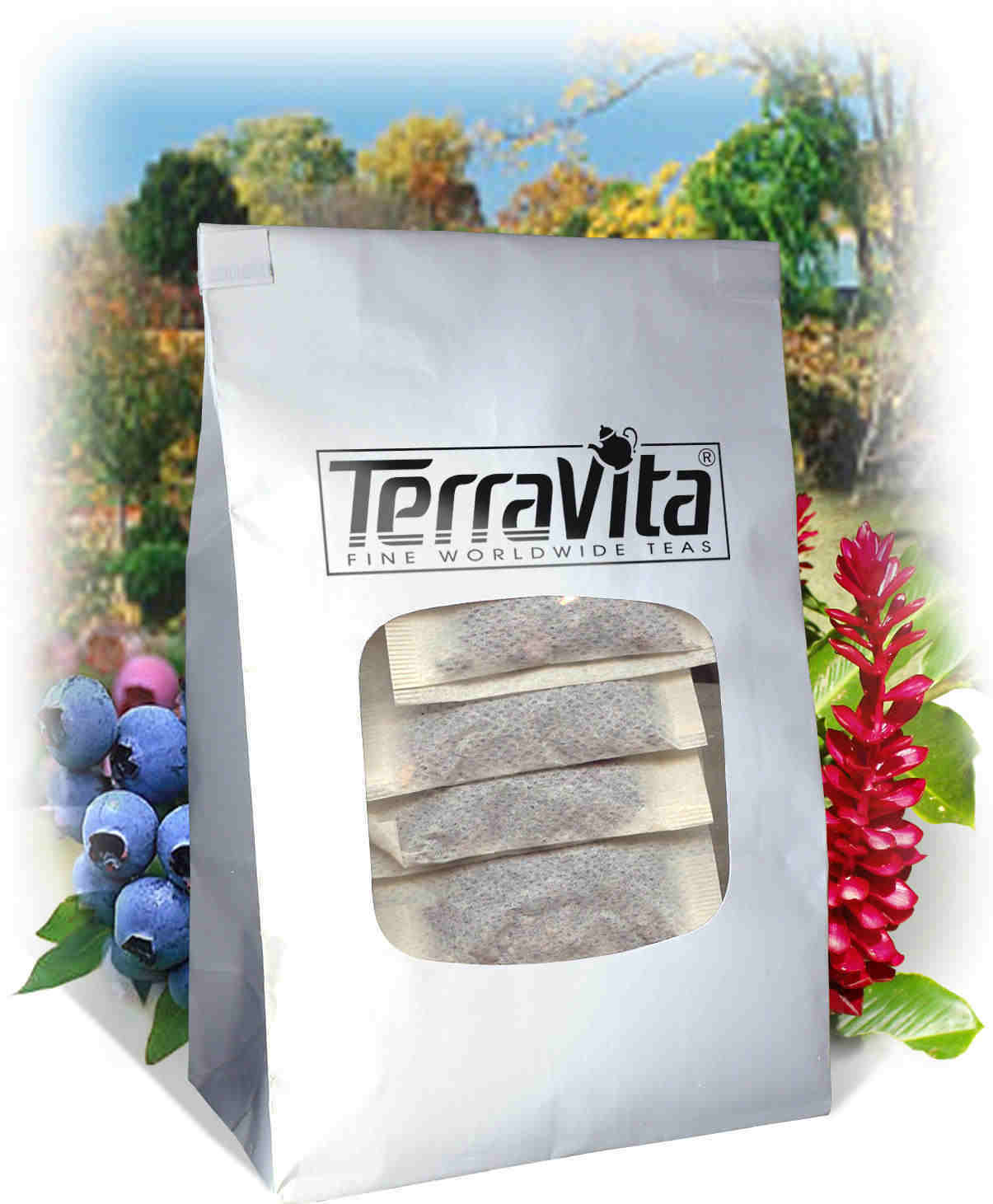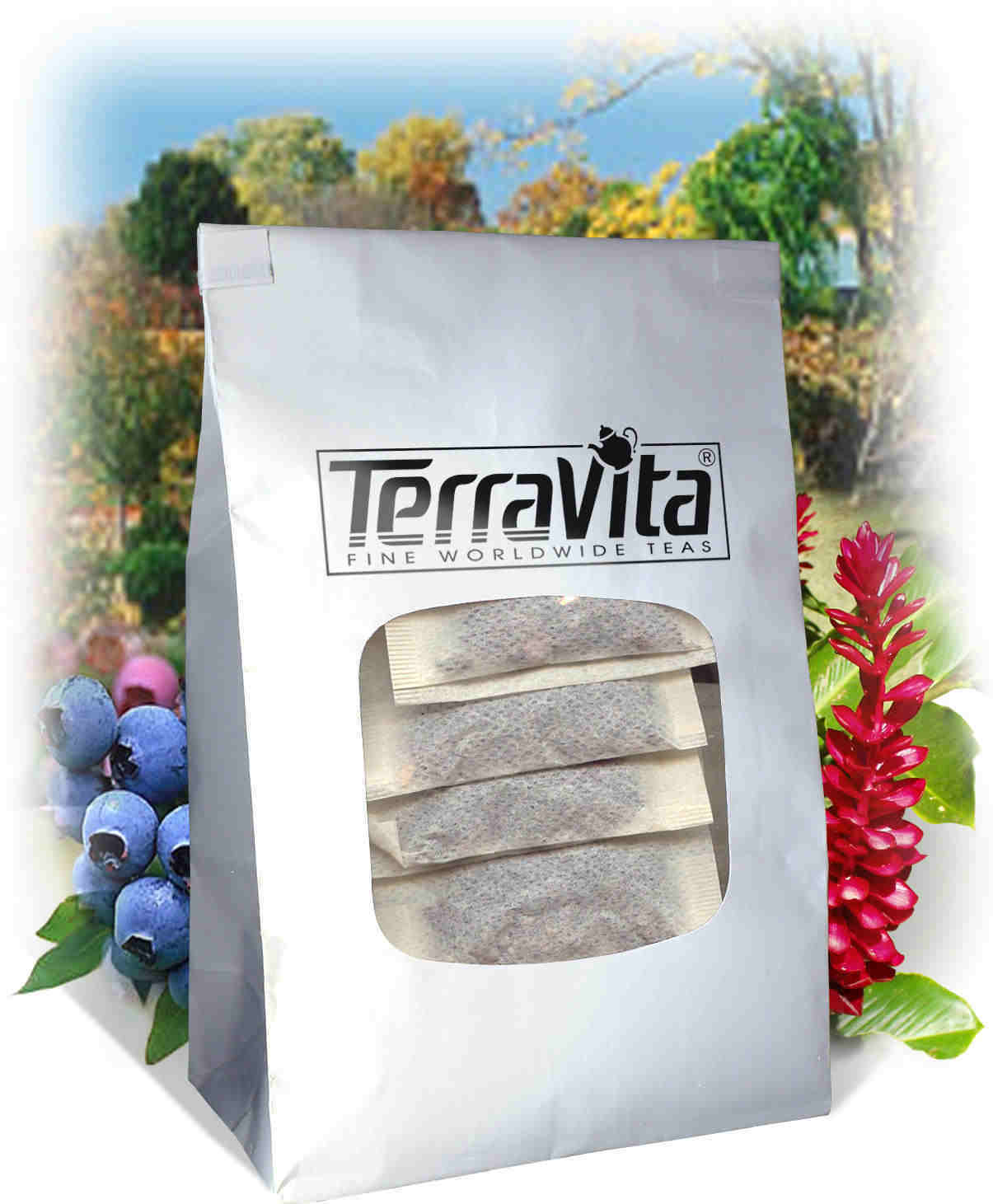Golden Pu-erh
| Images | Product Name | Size | ZIN | Price | Quantity | Add to Cart |
| Golden Pu-erh Tea (Loose) | 4 oz | 510012 | $16.72 | |||
| 8 oz | 510013 | $26.43 | ||||
| Golden Pu-erh Tea | 25 tea bags | 510014 | $20.19 |
ZooScape is proud to be the exclusive distributor of TerraVita teas, herbs and supplements in the United States, Canada and around the world. Please direct all wholesale and bulk inquiries to 1-844-449-0444.
These statements have not been evaluated by the Food and Drug Administration (FDA). Products are intended to support general well being and are not intended to treat, diagnose, prevent, or cure any condition or disease.
Young Pu-erh
| Images | Product Name | Size | ZIN | Price | Quantity | Add to Cart |
| Young Pu-erh Tea (Loose) | 4 oz | 510016 | $16.72 | |||
| 8 oz | 510017 | $26.43 | ||||
| Young Pu-erh Tea | 25 tea bags | 510018 | $26.16 | |||
| 50 tea bags | 510019 | $31.04 |
ZooScape is proud to be the exclusive distributor of TerraVita teas, herbs and supplements in the United States, Canada and around the world. Please direct all wholesale and bulk inquiries to 1-844-449-0444.
These statements have not been evaluated by the Food and Drug Administration (FDA). Products are intended to support general well being and are not intended to treat, diagnose, prevent, or cure any condition or disease.
